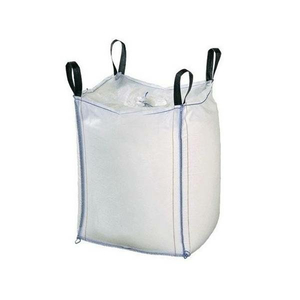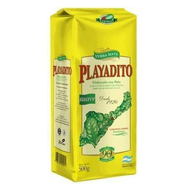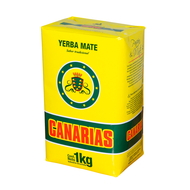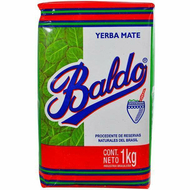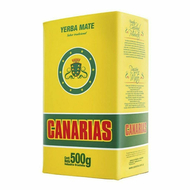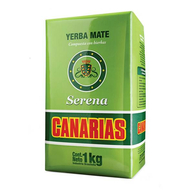General
Stevia is a small herbaceous shrub that does not usually exceed 80 cm tall, evergreen, and from the chrysanthemum family. Its botanical name is Stevia Rebaudiana Bertoni, in honor of the two scientists (Rebaudi and Bertoni) who studied and classified it in 1887. There are more than 300 varieties of Stevia in the Paraguayan-Brazilian jungle
The Guarani Indians called it "kaa-hee“, which means ”sweet grass".
Dried Stevia leaves contain about 42% water-soluble substances (that's why it sweetens more if mixed with liquids).
The most important active substance is stevioside. It also contains proteins, fiber, iron, phosphorus, calcium, potassium, zinc and vitamin A and C. The Stevia leaf is the sweetest part of the plant and where its therapeutic properties reside.
It does not cause side effects of any kind. In its natural form it is 15 times sweeter than table sugar (sucrose) and its extract is 100 to 300 times sweeter.
Benefits: Its leaves are used as a substitute for sugar, it is a natural sweetener without calorie intake. Suitable for diabetics and suitable for cooking. It has a sweetening power 300 times greater than sugar.
Uses / Preparation: It can be used to sweeten herbal teas, drinks, confectionery products, fruits. 2 tablespoons of stevia leaves are placed in 1 liter of water and allowed to boil for 5 minutes, the leaves are strained and the preparation is placed in a glass container in the refrigerator for 24 hours.
Ingredients: Stevia leaves.
Aucun avis trouvé
Complete your purchase on Pampa Global
We’ve simplified the checkout process! Orders are now completed through Pampa Global, our new platform that offers:
- Fast and secure checkout
- Extensive international catalog
- Competitive wholesale pricing

